Scientists have spotted a tiny black hole that may be just 12 miles across
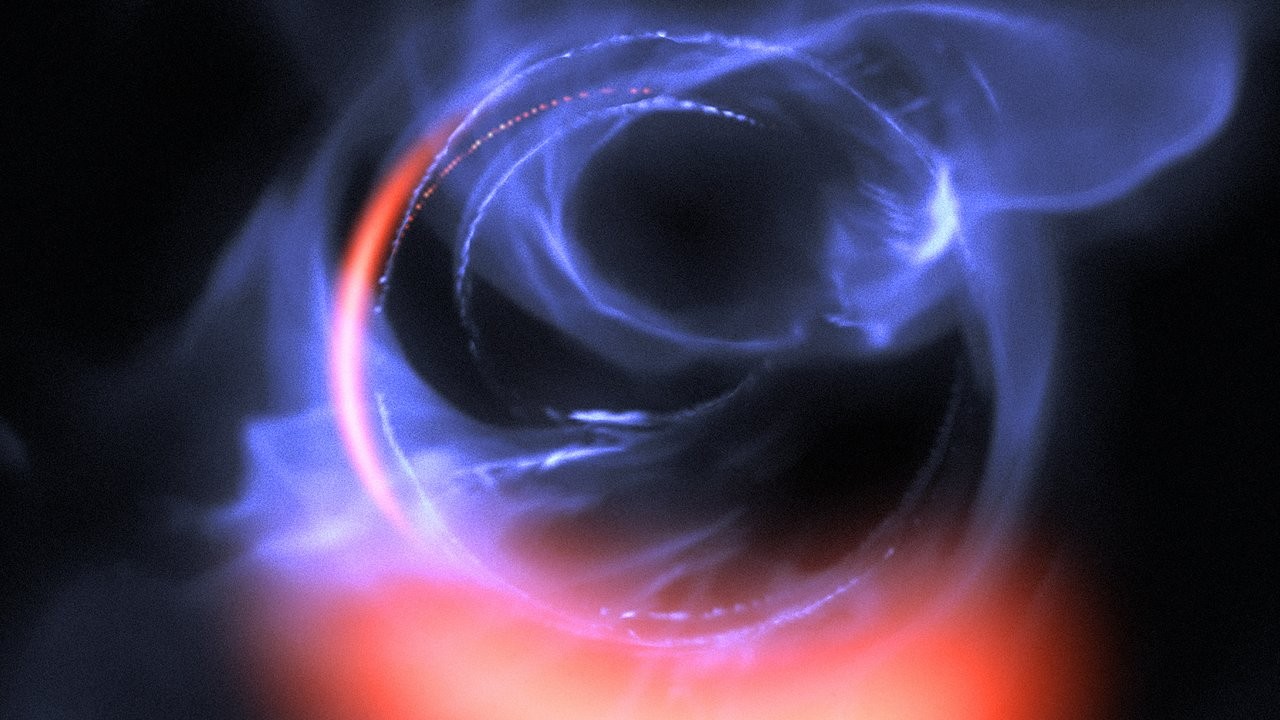

Amber G. wrote:Meanwhile: If it is confirmed, this would be the smallest black hole on record, heralding a new class of black holes we never even knew how to look for...From MIT's tech review:
Scientists have spotted a tiny black hole that may be just 12 miles across
Good question! Yes those number seem unbelievable ..But a few points:Mort Walker wrote:Amber G. wrote:Meanwhile: If it is confirmed, this would be the smallest black hole on record, heralding a new class of black holes we never even knew how to look for...From MIT's tech review:
Scientists have spotted a tiny black hole that may be just 12 miles across
Can you resolve something that is 19 Km wide when the wavelength of X-rays are 0.01-10 nm and the distance is some 100 trillion Km away? It seems you would be pushing the limits of spectroscopy at this point.
"Bol, bol, bol mister golmatol
just how massive is a big black hole?
half the radius divide by G
and multiply by square of c."
..To find this one, the team scanned a catalogue of 100,000 stars within the Apache Point Observatory Galactic Evolution Experiment (APOGEE), an infrared survey of the stars in the inner galaxy. They found a few hundred stellar candidates that seemed to be wobbling because of gravitational effects induced by other nearby objects. The team narrowed their search down to a binary star system called J05215658. They realized that what looked like a binary star was probably a black hole orbiting another star every 83 days.
i can take quite a bit of credit for directing the pigeon through the holes..Vayutuvan wrote:AmberG ji, I searched for
Bol, bol, bol mister gol matol physics on Google.
BRF figures quite prominently in the search results.

Amber G. wrote:
Just to put accurate information - Few items.
- Vikram Samvat which many/most (but not all) follow in India epoch is 56 BC. It is a luni/solar calendar. (Months are lunar and years are solar (sidereal year and not tropical year).
- GOI follows (officially) Shak (or Shake) samvat which is based on epoch around 72 AD . This is purely a solar (based on tropical year) calendar. - No "khsay" or "adhik" tithi/month etc - dates/months do not skip/repeat as in other Indian/Hindu calendar). (I don't know anyone except GOI - who follows this. Ordinary folks who use shak epoch used month/tithi based on gatkali/vikram etc... there are some other, less commonly, used epochs too.
- Most/all astronomers and panchangs use "gatkali" epoch - start of Kaliyug - (-) 3101==> (Epoch = 18 February 3102 BC. 3102BC = year -3101 by the way.) The month/tithis follows as Vikram samvat.
- With minor exceptions all hindu calendars months/tithis are based on gatkali calculations. Some Indian states like Rajasthan start month at the beginning of full moon (purnimant) while others (like Bengal etc) start at the new-moon.
(length of the year here is based on sidereal year (about 365 days 6 hours 9 minutes 10 seconds).
- GOI and most in India also follow Gregorian Calendar (Purely Solar Calendar based on tropical year = 365 days, 5 Hours, 48 Minutes and 45 seconds - about 20 minutes shorter than sidereal year). The epoch is 3000 years after Kaliyug officially started.
Today it is Sunday, Mrig Krishna 5 , 2076 Vikram Samvat, (In some states the month is Kartika), Kartika Krishna 5 , 5120 Gatkali, Kartik 27, 1940 Shake (per official GOI), November 17, 2019 (Gregorian), 15/3/1440 ( Muslim) and of course JDN = 2458802 ..(JDN=0 == November 24, 4714 BC, Gregorian proleptic.)
(Note I used purnimant month as common in Rajasthan. Here a new month starts about 15 days before some of other states)
And of course the UNIX (or techie time) = 1573759195 (Seconds after January 1, 1970, Thursday) Now by my clock
(Disclaimer: As I have no other calendar except Gregorian with me, all above is derived by my calculations and is *not* checked by any actual calendar (I live in US and at present do not have any other calendar or a panchangs and too lazy to check with wiki - I am depending mainly on my memory - learned the method to do calculations decades ago so if dates are wrong please let me know .. TIA - Dates/tithis may be off by a day or two.. as position of moon/sun calculated in USA lat/longitude are different than those use to calculate these in other places. I do have a computer so Unix time and JDN are, I think, correct.)
Hope this is helpful and make things a little clearer.Let me just point something out - because this is important and many/most people do not fully understand.
Just few points - Best is to look it up, unfortunately there are many sources which are not accurate and are confusing.
This technical information is necessary if one is looking at any historic document to draw accurate conclusions.
==> The Indian Calendar Reform Committee, appointed in 1952, identified more than thirty well-developed calendars. (So there are *many* variants , and one has to be very careful examining historic documents)
-- All variants of the Surya Siddhanta calendar and were/are in use across different parts of India.
--The two calendars most widely used today are the Vikrama calendar (I am most familiar with) which is followed in Nepal as national calendar and also in the Indian regions like western and northern India and the Shalivahana or Saka calendar which is followed in Andhra Pradesh, Karnataka, Maharashtra and Goa.
- In 56 BC, Vikrama Samvat era was founded by the emperor Vikramaditya of Ujjain following his victory over the Sakas. Later, in a similar fashion, Satavahana king Gautamiputra Satakarni initiated the Saka era to celebrate his victory against the Sakas in the year AD 78.
Some popular calendars:
( Hindu calendars in India)
Vikram Samvat: - lunar months, solar sidereal years
Shaka Samvat (traditional): - lunar months, solar sidereal years
Shaka Samvat (modern/GOI ): solar tropical
Bangla calendar: solar tropical years
Tamil Nadu/Kerala: solar tropical years such as Tamil calendar
Nepali calendar with Bikram Sambat: solar tropical years
Gatkali - lunar months, solar sidereal years - used in Panchangs ..old indian texts s surya/sidhhant etc..Basis of all..(My father's hand copied calendars collected over hundreds of year - he put the gatkali year for clarity)
Most holidays in India are based on the first two calendars. A few are based on the solar cycle, (Sankranti (solar sidereal) and Baisakhi (solar tropical))
The first I I read about this was from SuryaSidhanta (I had a sanskrit copy - learned enough sanskrit/math to read it. I do have an english translation too. (And some others in astronomy books dealing with Indian Astronomy by other authors.SriKumar wrote:Question about the above post- was there a documented reference to designate 3102 BC as the beginning of Kali yug per gatkali calendar? When and where was that documented? Are there any documents pre-dating 3102 BC saying that Kali yug would begin [x] years hence.
didnt know there was a term for it..in the skies of bundi rajasthan my cousins and used to watch clouds (a rarity). The clarity of night sky used to be even more tempting..we used to hear roars of IAF jets in 90s .. i was being told that they are mig 21s and 23s..that got me attracted to migs ...Amber G. wrote:^^^ Case of pareidolia (the human tendency to "see" recognizable shapes in random patterns) I think. Not for the first time, not this for the last time.
( Although Entomologist William Romoser, is a Ohio University professor, and this is from a "research poster" and OU has a press release etc.. OTOH poster presentations are less formal than peer-reviewed papers published in science journals)
Interesting observation.SriKumar wrote:Thanks. Seems to be the only case of all calendars listed, including Gregorian, where start of an epoch is not related to a human event- birth/defeat/conquest, rather it is related to a planetary position. Puzzled to read it is mentioned in Mirnjo Daro seals, but then it should not be surprising since both Rig Veda writing and Indus VC happened in close proximity (Punjab/Sindh area). It is quite possible that Rig Veda itself might be older than 3000 BC, maybe a lot more.
Magnetic field due to spin/ rotation, maybe? The beams are also probably only part of the energy output, there would be other components of the explosion which may not be charged or magnetized, and which would be spherically symmetric in their outward propagation (pure guess-work on my part, not sure about any of this).UlanBatori wrote: Any gyan on why a spherically symmetric explosion generates two collimated beams? This is something that has bothered me for a long time about pulsars, quasars etc etc.
Huge magnetic filed exist but to add - No mystery here ; simple physics. A gamma ray burst (high energy photon) depends on all the factors, not only the energy which produced it. Gamma rays (or other wavelength radiation for that matter) from sun, or a typical atomic explosion, or radiation from a radioactive isotope, or light from a candle is generally spherically symmetric. .. Laser light pointer, radiation from particle accelerator etc are highly directional. Radiation from super nova, from merging (binary rotating at very high speed )neutron stars, black-holes are quite pointed - specially high energy (short wavelength - gamma rays) photon. Even other cosmic ray particles, electrons/protons/etc.. are focused ... some lower wavelength (x-rays) coming from outer side ( some call it "after-glow") is more spherically symmetric. Apart from magnetic field (which affects the direction of charged particles) the high rotational speed, and huge gravitational field near those massive objects (gravitational lensing) bend the space-time; and photons just follow the physics and get directed in the direction. Let me know if i could add some more understanding - it needs some math/physics and understanding of basic physics of black-holes, neutron starts and photons etc.sudarshan wrote:
Magnetic field due to spin/ rotation, maybe? The beams are also probably only part of the energy output, there would be other components of the explosion which may not be charged or magnetized, and which would be spherically symmetric in their outward propagation (pure guess-work on my part, not sure about any of this).
You are welcome.SriKumar wrote:Thanks. An un-related question...
Is it true that Aryabhatta's model of the solar system was earth-centric (as opposed to heliocentric)? I read this somewhere and it was not clear to me how one could predict the planet paths (and sun's position in a constellation) correctly with a wrong model of the universe (visible to naked eye). Sounds unture but still curious. Since you've read the original Surya Sidhanta I thought I'd ask.
Terrence Tao a few years ago gave a proof to Mehta-Dyson conjecture in related field. This related to eigenvalues of random matrices a field quite interesting to physicists like us.Terence Tao opened an email from three physicists he didn’t know. The trio explained that they’d stumbled across a simple formula that, if true, established an unexpected relationship between some of the most basic and important objects in linear algebra.
The formula “looked too good to be true,” said Tao, who is a professor at the University of California, Los Angeles, a Fields medalist, and one of the world’s leading mathematicians. “Something this short and simple — it should have been in textbooks already,” he said. “So my first thought was, no, this can’t be true.”
Then he thought about it some more.
The physicists — Stephen Parke of Fermi National Accelerator Laboratory, Xining Zhang of the University of Chicago and Peter Denton of Brookhaven National Laboratory — had arrived at the mathematical identity about two months earlier while grappling with the strange behavior of particles called neutrinos.
They’d noticed that hard-to-compute terms called “eigenvectors,” describing, in this case, the ways that neutrinos propagate through matter, were equal to combinations of terms called “eigenvalues,” which are far easier to compute. Moreover, they realized that the relationship between eigenvectors and eigenvalues — ubiquitous objects in math, physics and engineering that have been studied since the 18th century — seemed to hold more generally.
Although the physicists could hardly believe they’d discovered a new fact about such bedrock math, they couldn’t find the relationship in any books or papers. So they took a chance and contacted Tao, despite a note on his website warning against such entreaties.
“To our surprise, he replied in under two hours saying he’d never seen this before,” Parke said. Tao’s reply also included three independent proofs of the identity.
A week and a half later, the physicists and Tao, whom Parke called “a fire hose of mathematics,” posted a paper online reporting the new formula.
..
Pure mathematicians feel similarly. “This is certainly both surprising and interesting,” said Van Vu, a mathematician at Yale University. “I did not suspect that one can compute eigenvectors using only information about eigenvalues.”
Vu and Tao proved a somewhat related identity together in 2009 (which is why Denton, Parke and Zhang thought to contact Tao to begin with),
Link to paper?Amber G. wrote:This could go both in Physics and Math dhaga .. An exciting discovery in finding elegant proof in Math,, inspired by results from physicists. Wow!
Three physicists wanted to calculate how neutrinos change. They ended up discovering an unexpected relationship between some of the most ubiquitous objects in math. Basic Math.
A nice article here below but there will be quite bit more in popular/general journals.
Neutrinos Lead to Unexpected Discovery in Basic Math
Terrence Tao a few years ago gave a proof to Mehta-Dyson conjecture in related field. This related to eigenvalues of random matrices a field quite interesting to physicists like us.Terence Tao opened an email from three physicists he didn’t know. The trio explained that they’d stumbled across a simple formula that, if true, established an unexpected relationship between some of the most basic and important objects in linear algebra.
The formula “looked too good to be true,” said Tao, who is a professor at the University of California, Los Angeles, a Fields medalist, and one of the world’s leading mathematicians. “Something this short and simple — it should have been in textbooks already,” he said. “So my first thought was, no, this can’t be true.”
Then he thought about it some more.
The physicists — Stephen Parke of Fermi National Accelerator Laboratory, Xining Zhang of the University of Chicago and Peter Denton of Brookhaven National Laboratory — had arrived at the mathematical identity about two months earlier while grappling with the strange behavior of particles called neutrinos.
They’d noticed that hard-to-compute terms called “eigenvectors,” describing, in this case, the ways that neutrinos propagate through matter, were equal to combinations of terms called “eigenvalues,” which are far easier to compute. Moreover, they realized that the relationship between eigenvectors and eigenvalues — ubiquitous objects in math, physics and engineering that have been studied since the 18th century — seemed to hold more generally.
Although the physicists could hardly believe they’d discovered a new fact about such bedrock math, they couldn’t find the relationship in any books or papers. So they took a chance and contacted Tao, despite a note on his website warning against such entreaties.
“To our surprise, he replied in under two hours saying he’d never seen this before,” Parke said. Tao’s reply also included three independent proofs of the identity.
A week and a half later, the physicists and Tao, whom Parke called “a fire hose of mathematics,” posted a paper online reporting the new formula.
..
Pure mathematicians feel similarly. “This is certainly both surprising and interesting,” said Van Vu, a mathematician at Yale University. “I did not suspect that one can compute eigenvectors using only information about eigenvalues.”
Vu and Tao proved a somewhat related identity together in 2009 (which is why Denton, Parke and Zhang thought to contact Tao to begin with),
The physics paper is at https://arxiv.org/abs/1907.02534tandav wrote:Link to paper?Amber G. wrote:This could go both in Physics and Math dhaga ....
Amber G. ji,Amber G. wrote:Terrence Tao a few years ago gave a proof to Mehta-Dyson conjecture in related field. This related to eigenvalues of random matrices a field quite interesting to physicists like us.
There are some good write-ups by Terrence Tao (For general public) and Freeman Dyson. Quite a few review articles are there since the techniques originally developed to understand nuclear spectra / energy spectra of of nucleus of heavier atom found use in many other physics and other (like biology) fields.Vayutuvan wrote:Amber G. ji,Amber G. wrote:Terrence Tao a few years ago gave a proof to Mehta-Dyson conjecture in related field. This related to eigenvalues of random matrices a field quite interesting to physicists like us.
Could you please give a short summary of the significance of eigenvalues of random matrices to physicists? My guess is that it has some thing to do with QM/particle interactions/Special Unitary Groups.
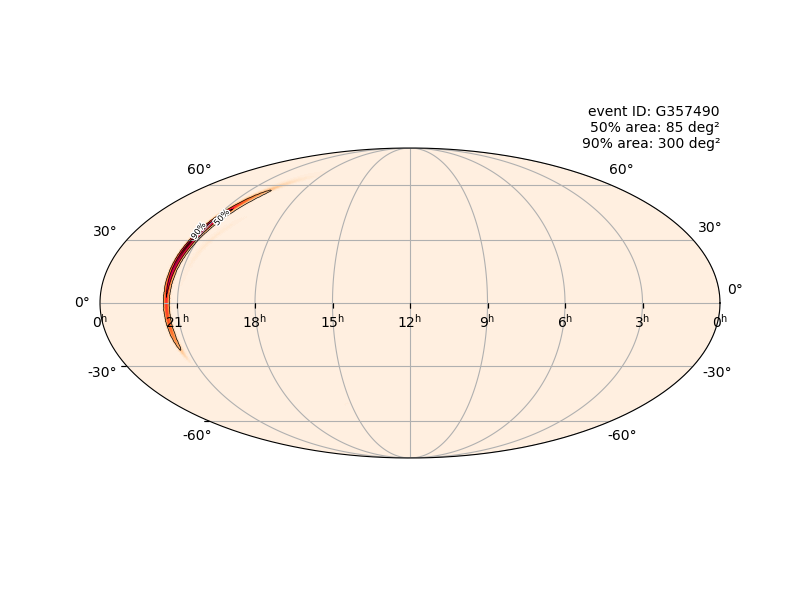
Amber G. wrote: Please see this post from 2009 in this dhaga: viewtopic.php?p=594446#p594446"Bol bol bol... ..
Mister Gol Matol
Just how massive is a big black hole?
Half the radius
Divide by G
and Multiply by the
square of C ...."
.
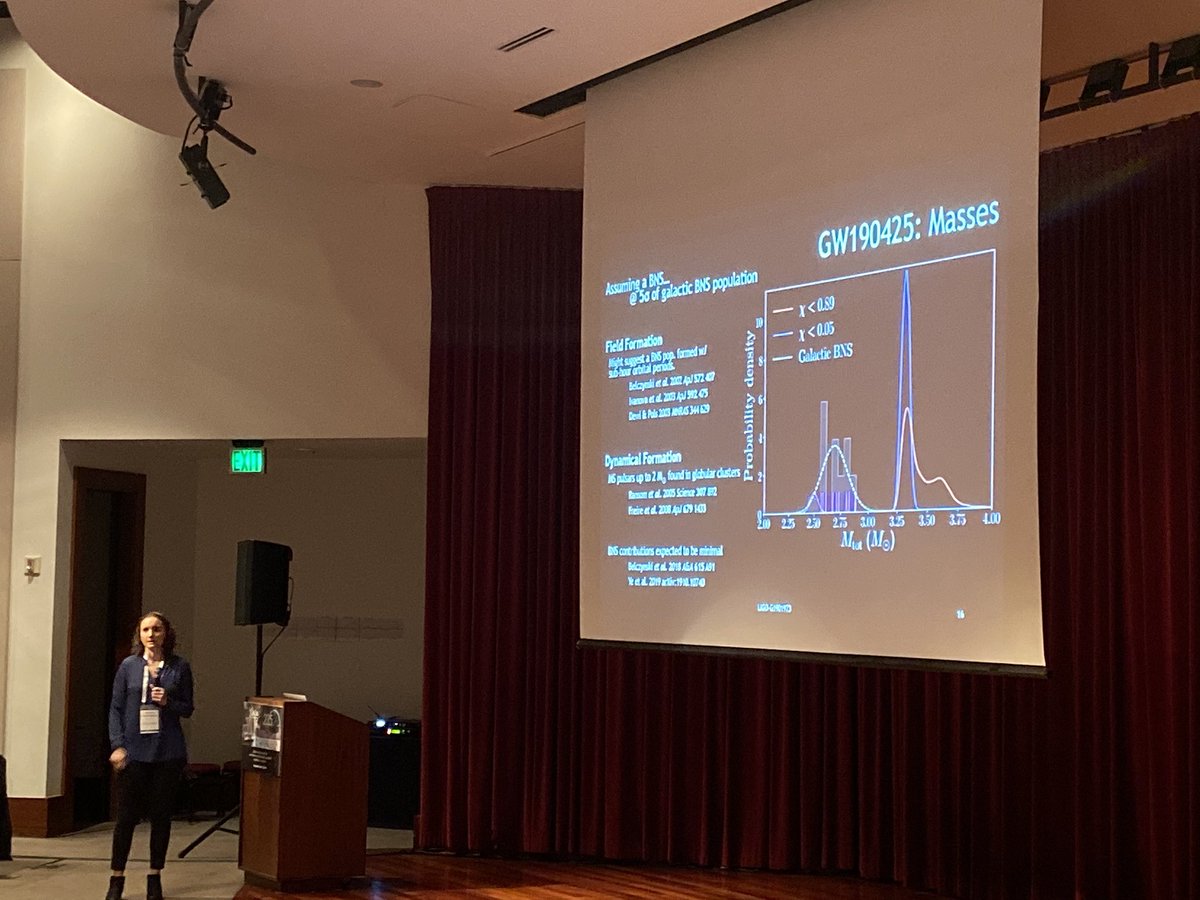
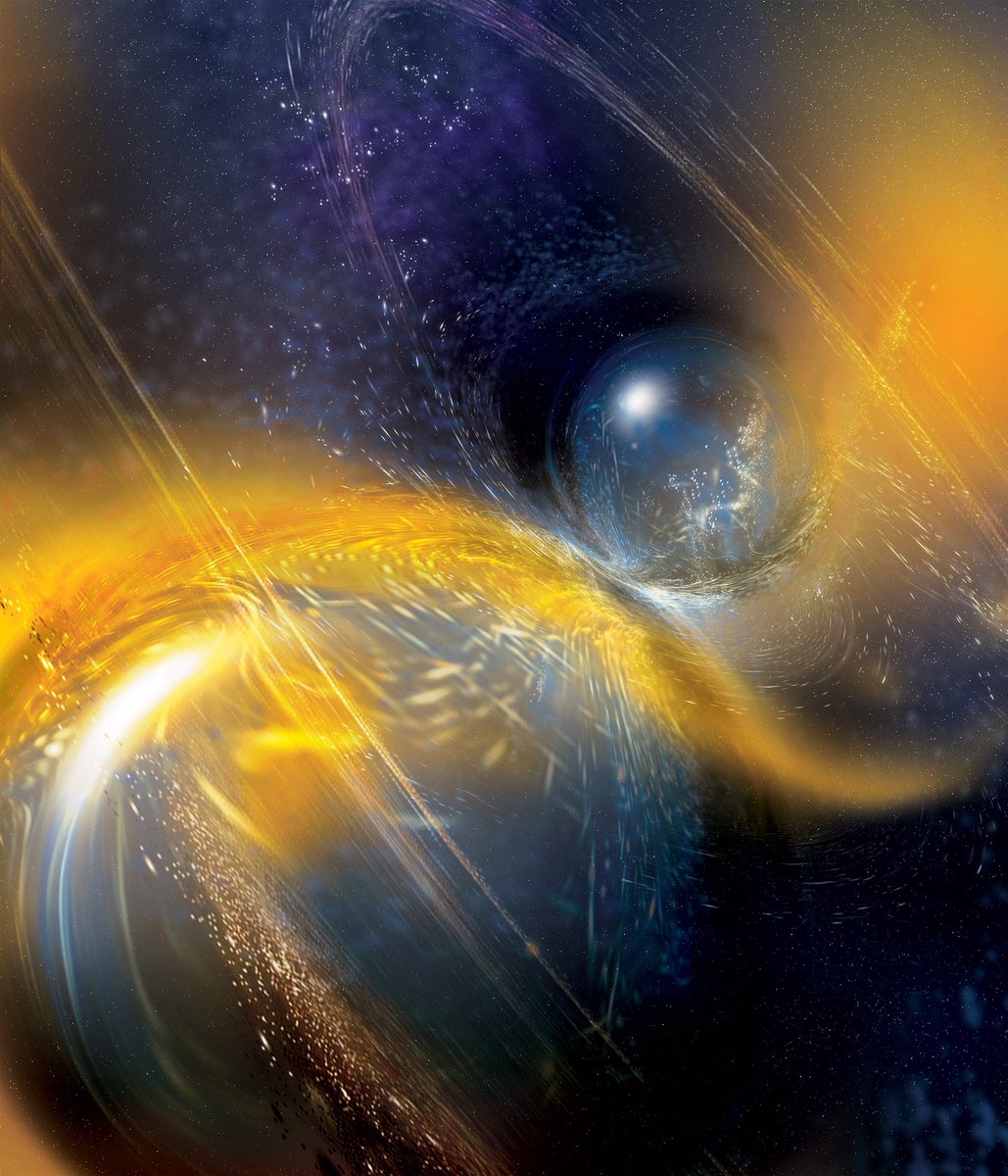
Nice. I had to look up what is Magnetar is on Wikipedia.ArjunPandit wrote:
Inspired by this legendary poem ...
arz kia hai..
Magnetar Magnetar, You're a rare neutron star ...
Thanks, downloaded. Here is hoping I can understand the main thrust of the argument if not all the technical details.vsunder wrote:The conjecture now fully proved mathematically rigorously is:
Nusselt number < C (Rayleigh number)^{1/3}
C is a universal constant.
I am pleased to have proved this result above joint with an old friend and previous collaborator and especially as the proof is not long but involved very tricky cancellations and estimates. Here is the Arxiv post as it appeared yesterday:
https://arxiv.org/pdf/2001.01662.pdf
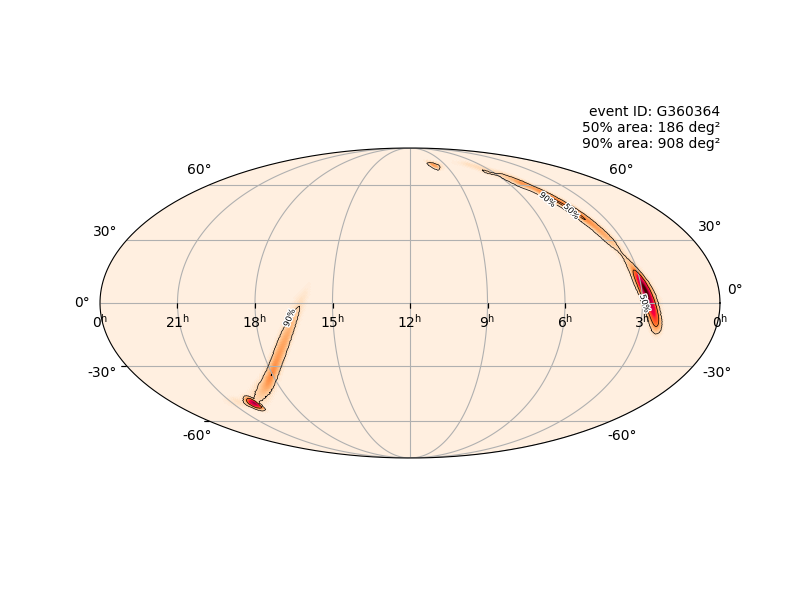

..Spofford continued a distinguished career of teaching and research at MIT until retiring ......many MIT professors and alumni have served as expert witnesses or on fact-finding commissions. Almost a hundred years ago, Civil Engineering Department head Charles Spofford investigated and identified the cause of one of Boston’s most sensational disasters, the Great Molasses Flood.
On January 15, 1919, a 50-foot-high steel tank holding 2.3 million gallons of molasses suddenly ruptured in Boston’s North End. Flowing at the unexpected speed of 35 miles an hour, it formed a 15-foot high tsunami of 14,000 tons of viscous goop. Strong enough to knock houses off their foundations and sweep a train off its tracks, the wave killed 21 and injured 150 in the densely populated area.
Professor Charles Spofford solved the 1919 molasses mystery...
(Litigation swiftly followed and lasted for years. Three theories arose to explain the catastrophe: the tank exploded due to fermentation of the molasses; anarchists or Bolsheviks set off a bomb, or a structural failure led to disaster. US Industrial Alcohol, the company owning the tank, steadfastly blamed anarchists.)
Among the litigants was the Boston Elevated train line, since the flood had severely damaged its overhead rail infrastructure in the North End. The company hired civil engineering professor Charles Spofford (Class of 1893), an authority on structural engineering and bridge design, to prove that USIA was at fault. Spofford examined and tested pieces of the tank at MIT labs.
According to Dark Tide: The Great Boston Molasses Flood of 1919 by Stephen Puleo, Spofford reported that the steel plates were thinner than the original plans had called for and could not withstand the pressure of so much molasses. In addition, the tank lacked enough rivets to properly fasten the plates. In fact, during the initial explosion, witnesses described rivets shooting out everywhere like machine gun bullets. With its weak walls and shortage of rivets, he concluded, “In my judgment, the tank was improperly designed and its failure was due entirely to structural weakness.”
Spofford calculated, “A stress as great as 18,000 pounds per square inch is as high as should have been permitted under any circumstances.” However, the fatal load of 2.3 million gallons exerted pressure of 31,000 pounds per square inch on the tank walls, “a figure nearly double that which should have been allowed.” He noted, “The factor of safety is but 1.8, while ordinary practice would have called for from 3 to 4.”
<skip ... read the article>
.